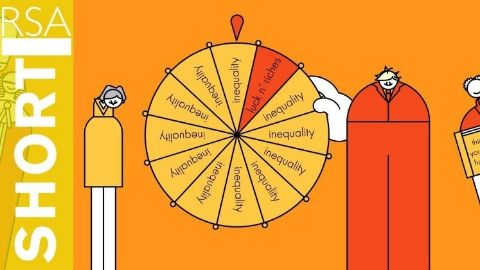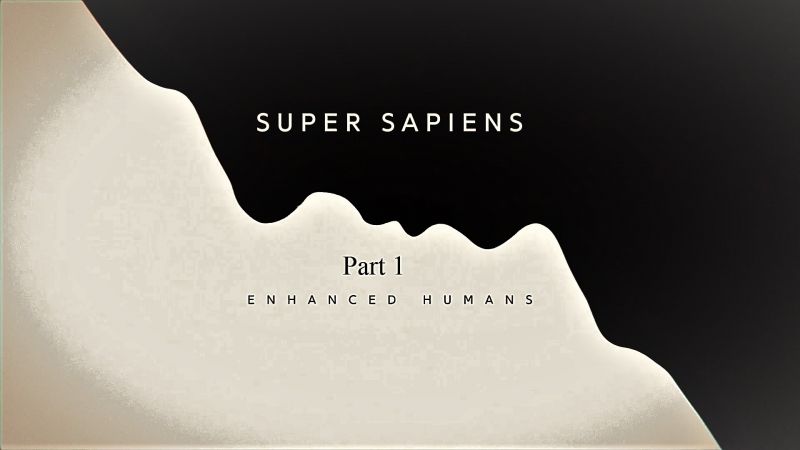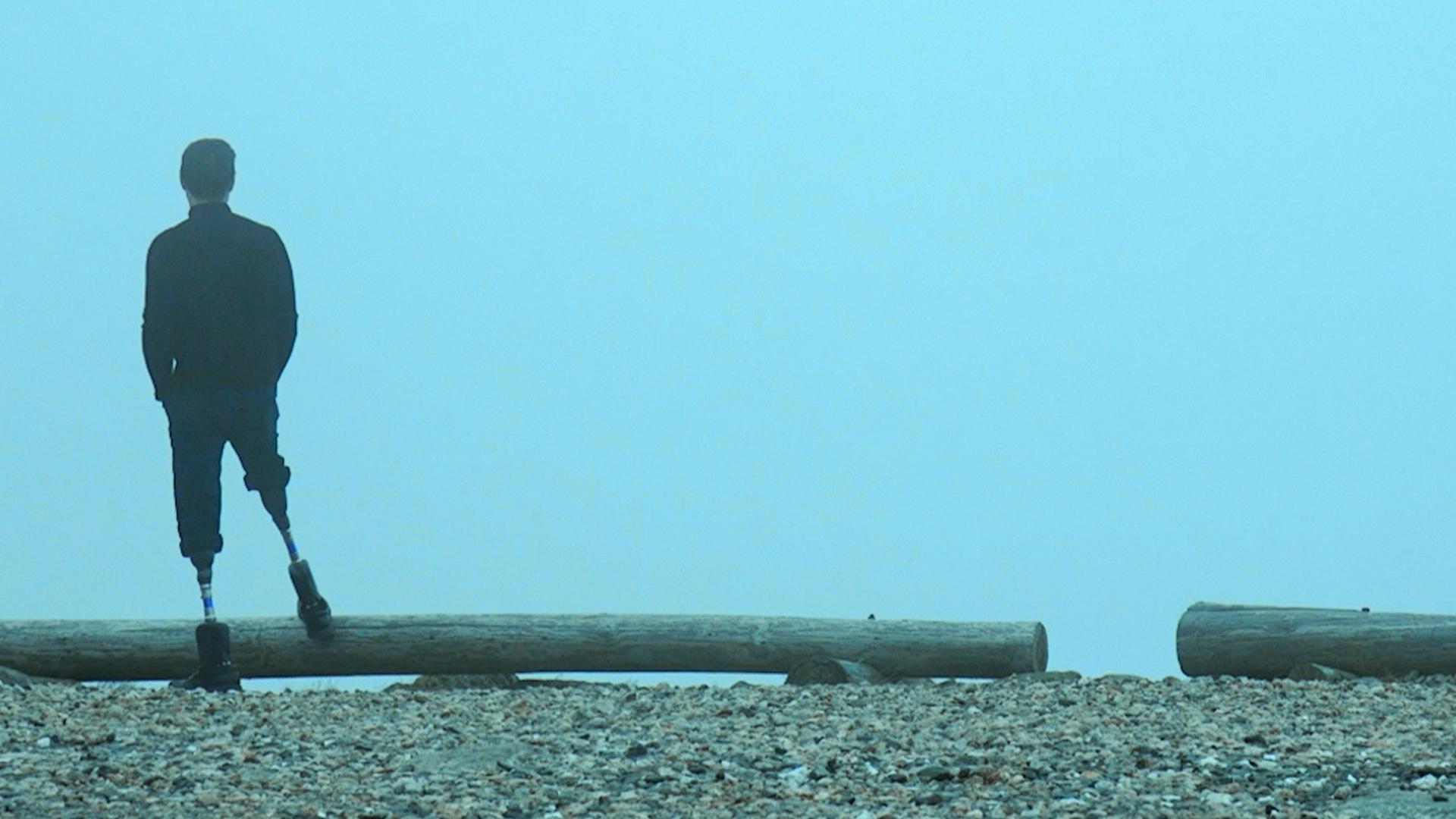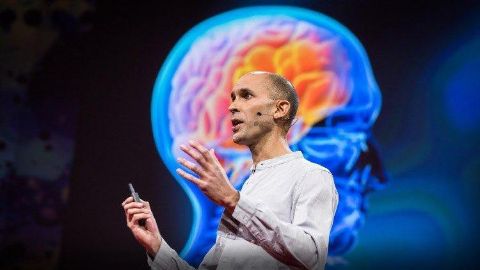Explorer • 2010 - 2017 • 3 episodes •
Host Ted Danson discovers a town in Belgium with a radical approach to mental health. Plus, see why NASA's newest "star" is a world-famous chef. Host Ted Danson discusses new advances in medicine with the Dr. Ken Duckworth, medical director of the National Alliance on Mental Illness. Doctors experiment with a new surgical treatment for mental illness: deep brain stimulation
2017 • Brain
The National Geographic Channel EXPLORER series takes on the August 6, 1945, U.S. Air Force atomic bombing of Hiroshima, Japan, in this chronological retelling of the 24 hours following the event. The atomic bombing of Hiroshima, on August 6, 1945, was a moment that changed the world. Power that fueled the stars had been unleashed and turned into a lethal technology. Now learn the second-by-second story of that defining moment through those hit hardest by that weapon--the survivors. On August 6th, 1945 a weapon unlike any other before was unleashed on the Japanese city of Hiroshima. Four days later, the Japanese surrendered having been subjected to horrors and devastation previously unknown and unimaginable. But beyond the horror and human toll, real scientific questions remained unanswered. In 1945, a team of scientists and experts from the Manhattan Project was ordered by President Truman to investigate the facts of what really happened when the atomic bomb exploded over Hiroshima. National Geographic reveals the incredible science behind what happened moment by moment in the 24 Hours After Hiroshima.
2010 • History
After finding strands of human hair buried in Greenland's permafrost, scientists are attempting the impossible: to be the first to reconstruct the identity of a Stone Age human being through nothing but his ancient locks. From scraps of DNA an ancient face appears. Further discoveries in the genetic code threaten to overturn long-held beliefs of how humans populated the earth. How much does your hair say about you? Scratch that. How much will your hair say about you, in say, 4,000 years? After finding tufts of human hair buried in Greenlands permafrost, scientists will assemble a remarkable human blueprint that details the life of one early human down to the color of his eyes, the shape of his teeth...even his receding hairline. But as the research team, lead by evolutionary biologist Eske Willerslev, break into this genetic code, they find far more than they bargained for, and the discovery threatens to turn our long held concept of how humans populated the earth on its head. In the ultimate cold case, National Geographic will obtain exclusive access to the international team of genetic scientists, archaeologists and paleo- artists who are breathing life into a man dead for 4,000 years, learning everything about him and even the way he and his people lived... through his hair.
2010 • History








